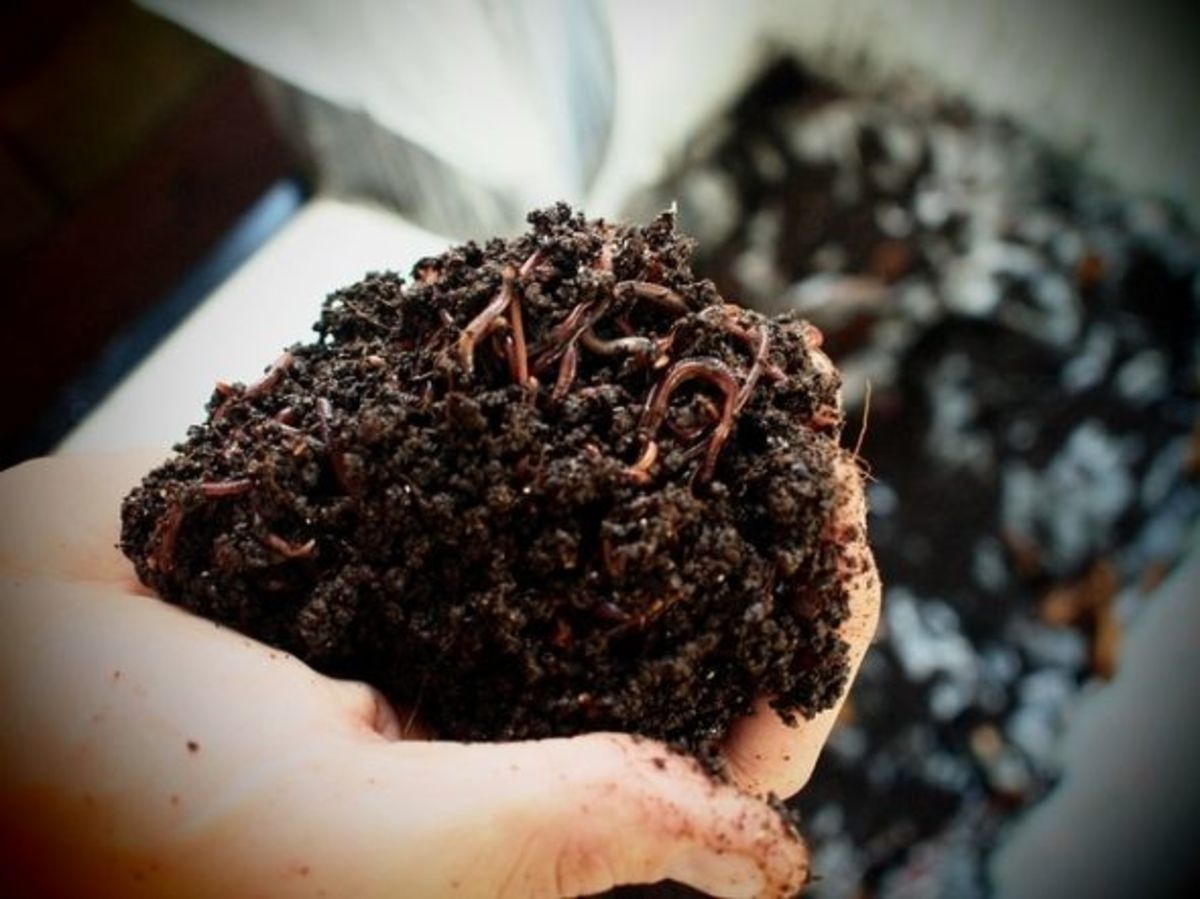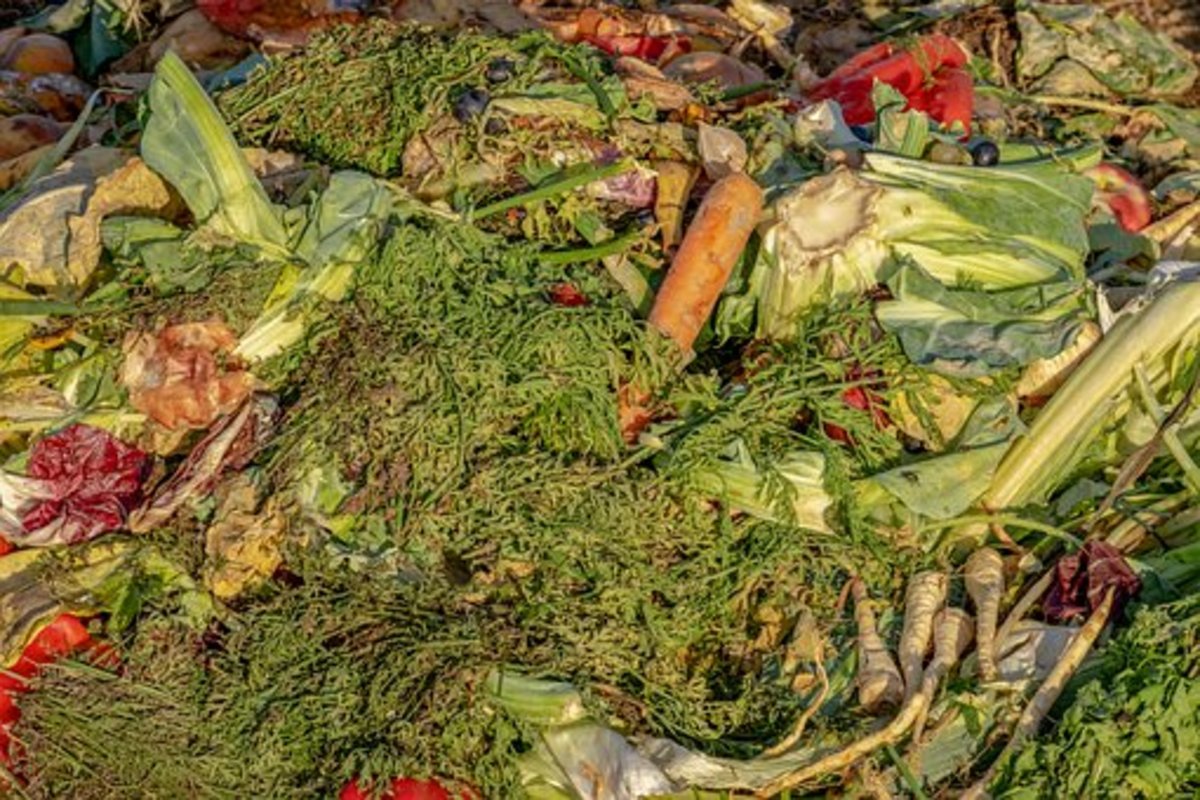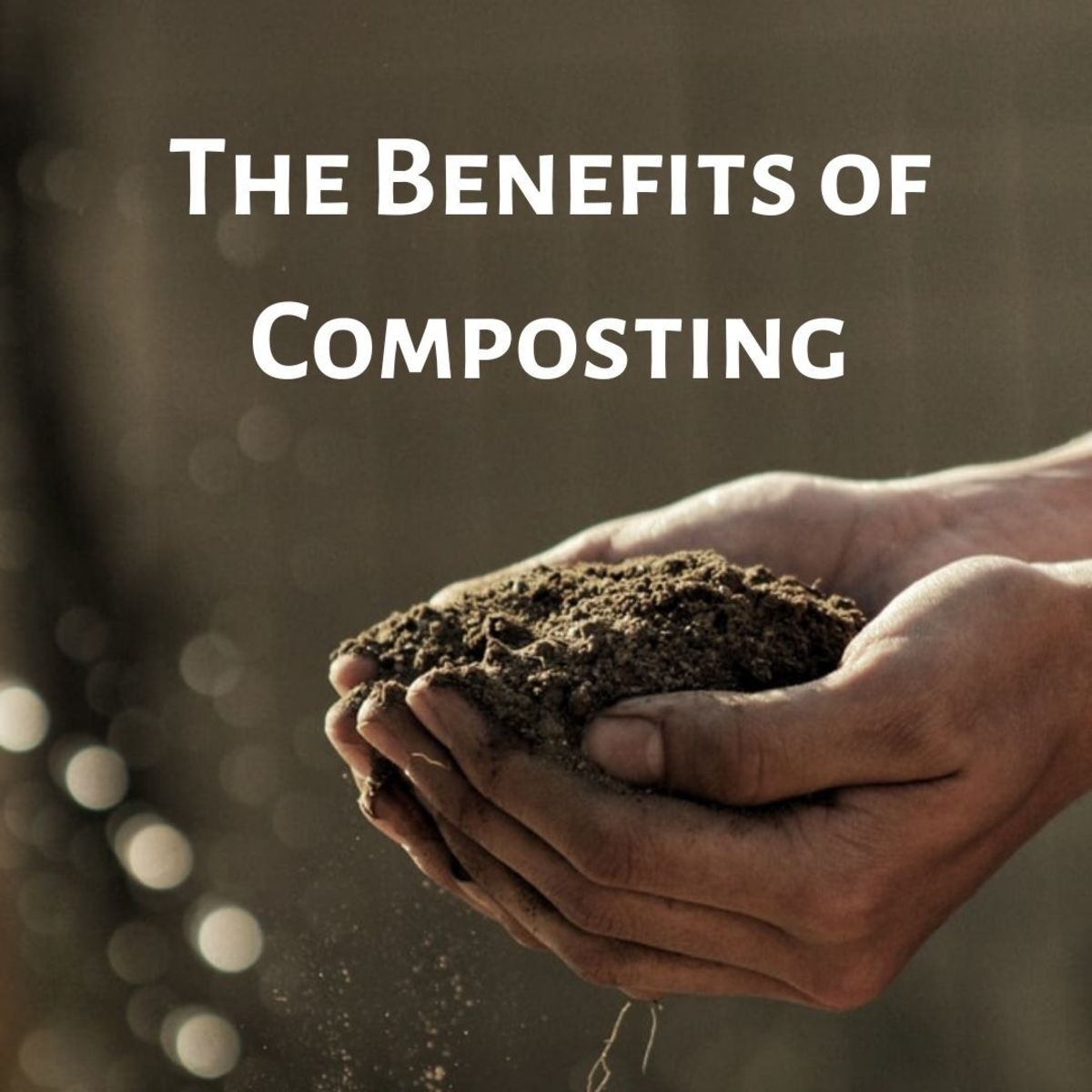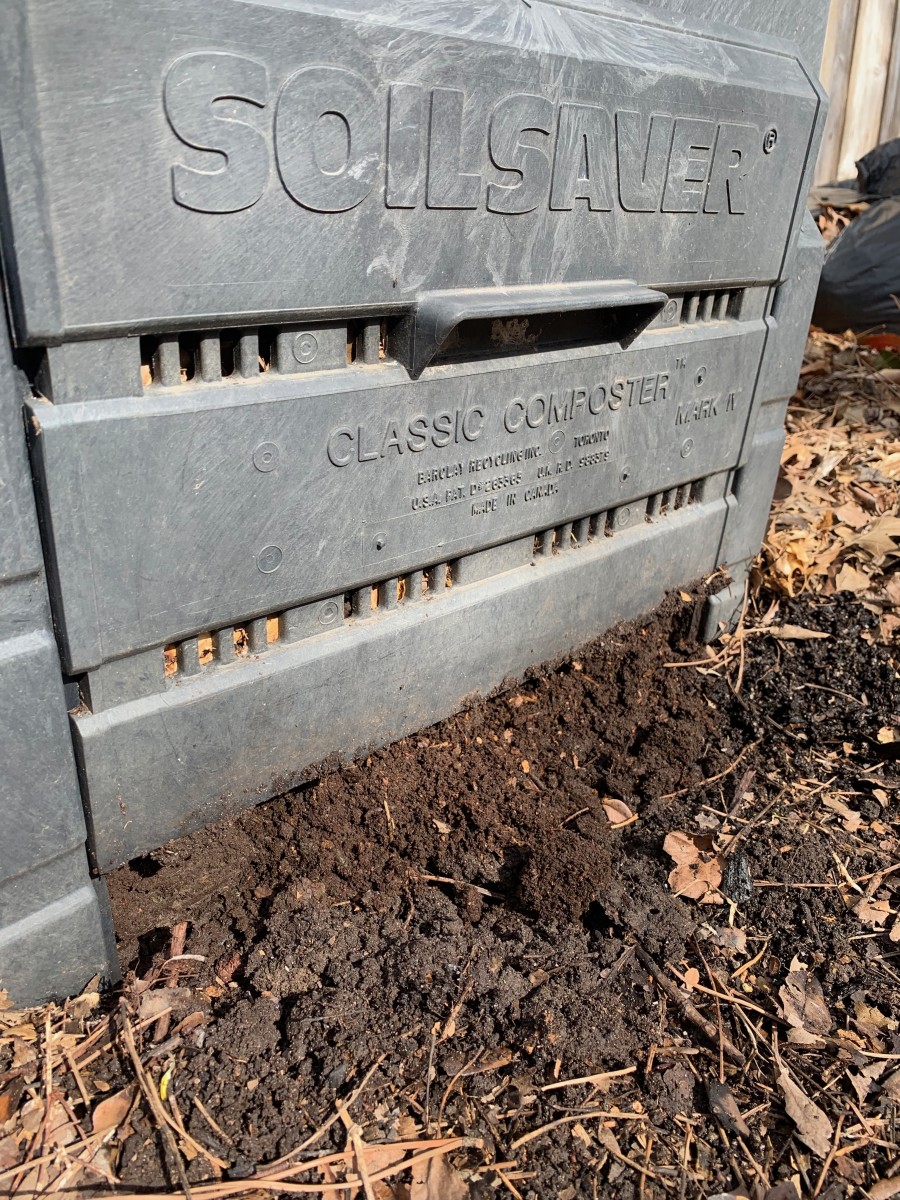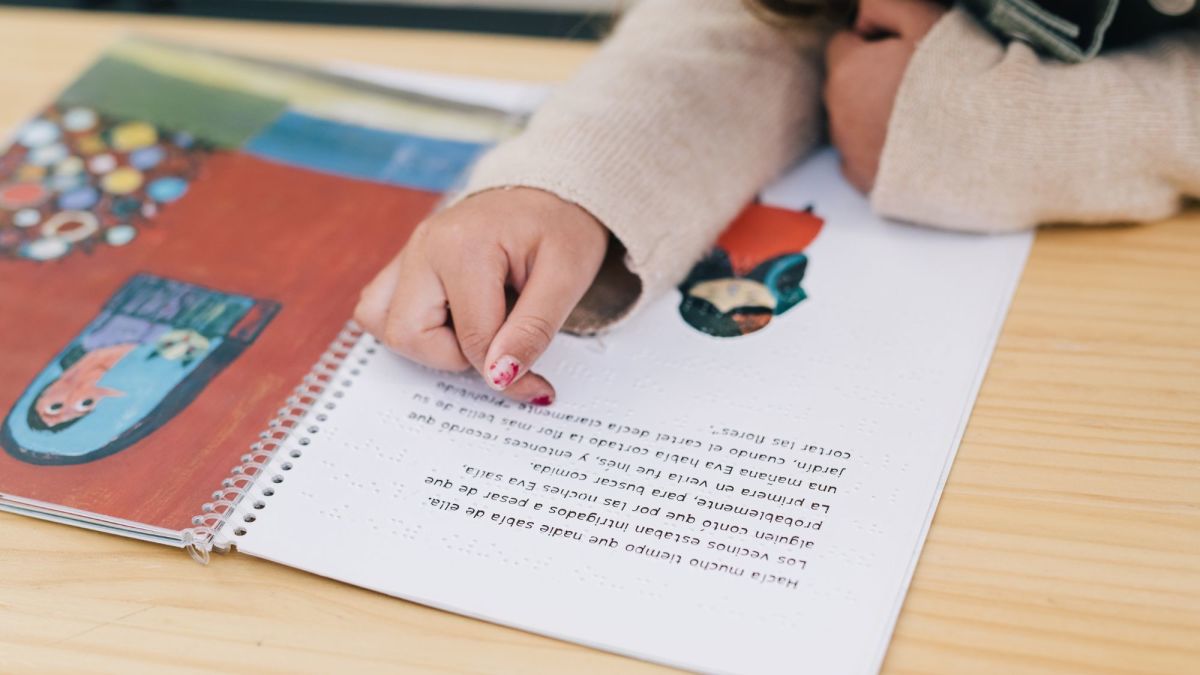Green school lunches (Part 3) - Moving towards zero-waste with composting
Note: All text and photos are property of the author and cannot be reused without permission.

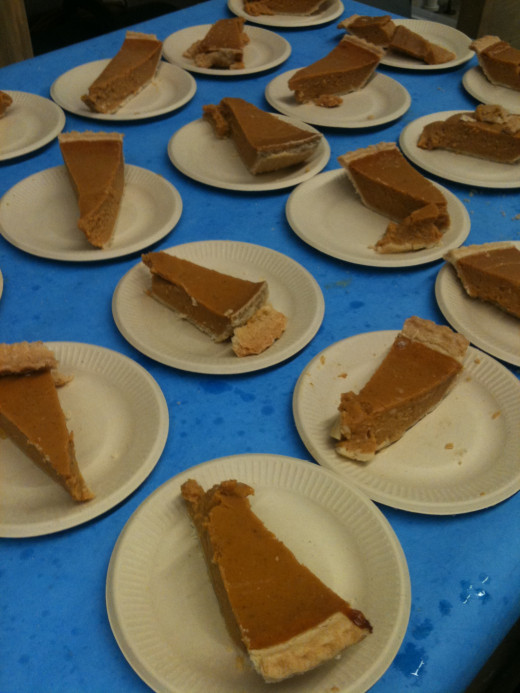
One California study found that 32% of school waste is organic material - food. It’s always better to prevent wasted food in the first place (see links below), but you can bring your school even closer to zero-waste with a compost plan. The ease of composting depends on the resources available to you. Options range from a garden compost bin similar to the one you may have at home to curbside pickup from a commercial composting company.
Why should you consider a lunchtime composting program at your school?
- Organic waste, if it isn’t composted, goes into the landfill.
- In a landfill, food and other waste is sealed and undergoes anaerobic decomposition, which generates methane, carbon dioxide, and other powerful greenhouse gases. (fact about landfills vs. cars).
- Landfills take up space, and as space in existing landfills runs out, many cities are having trouble figuring out where to put their waste.
- Food waste has precious nutrients that could be returned to the soil and nourish plants in your school gardens.
- Teaching kids how to compost at school may encourage them to set up a pile at home, which will further reduce organic waste in landfills.

Garden compost
Most people are familiar with garden composting. In a typical garden compost system, the items that may be composted are limited to organic matter and some paper – vegetables, fruits, paper napkins and tissues, coffee grounds, plain bread. For a complete list of other items that can be composted go to - http://www.plantea.com/compost-materials.htm. Meat, cheese, oil, and other animal products cannot be placed in garden compost because the piles do not get hot enough to break down these items and kill pathogens that may be present.
Commercial compost
Commercial compost is much more comprehensive. In commercial compost systems, large piles are created which can reach much higher temperatures. The piles are managed to maintain necessary moisture and temperatures. Sometimes special organisms are added to efficiently break down the more stubborn materials. Most commercial compost programs can take ALL food products, including meat, cheese, and oils, as well as all paper and cardboard products - paper trays, napkins, pizza boxes, milk cartons, paper cups. This is a real advantage, because minimal separation is required. If paper service items are used, the entire plate, tray, or bowl with leftover food on it can be dumped straight into the compost container.
Step One - Collect information from your principal, custodians, cafeteria workers, school parents, PTA, and district administration
- What items are in your school cafeteria’s trash? How much of it could be composted? Is this a significant portion of the cafeteria trash?
- Does your school’s trash pickup service also offer compost pickup? If not, can it be arranged?
- Are there other companies that can offer this service?
- Does your school or PTA have money to cover expenses related to on-site compost or a pickup service? If not, can you find other ways to raise the money – fundraisers, donations in kind, sponsorships, grants?
- Do you have volunteers willing to help you with composting?
- If you’re thinking of setting up a pile, where should it be located? Select a location convenient to gardens and to the cafeteria.
- Can kids be enlisted to help educate, collect, or help with the compost pile?
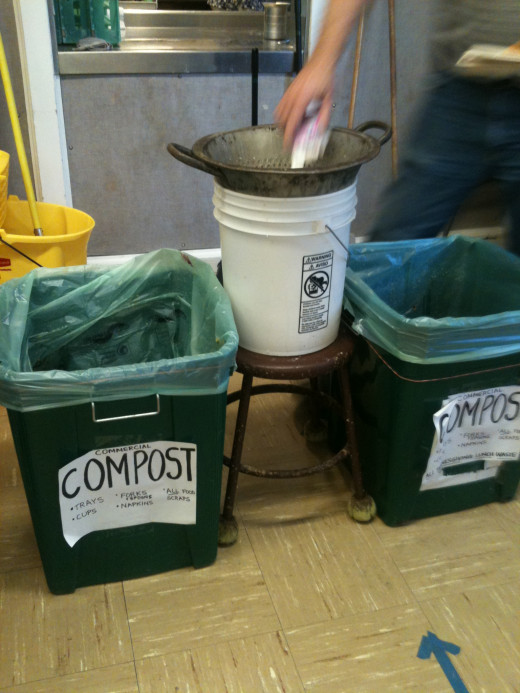
Step Two - Implement your program
- Can you arrange for commercial compost pickup? If so, gather estimates and seek funding, if necessary.
- If you’ll have your own pile, set it up before you start collection. See below for design ideas.
- Determine what lunch items can go into compost.
- Decide how you will collect compostables.
- Kids or parents can walk through the lunchroom collecting items, or you can place a marked compost container next to the trash and recycling bins.
- Will the custodial staff need assistance? Line up volunteers, if necessary.
- Color-code and label your collection bins with pictures of what goes inside to minimize contamination.
- Be sure to place a compost collection container next to each trash can in the cafeteria to minimize contamination.
- If desired, use decomposable plastic bio-bags or paper bags in your bins. Regular plastic bags should not go in compost.
- Explain to volunteers or staff where compost dumpsters or piles are and whether there are special instructions.
- Tell kids, teachers, and parents about your new compost plan. Announce it at assemblies, teachers’ meetings, PTA meetings, in newsletters, and on bulletin boards.
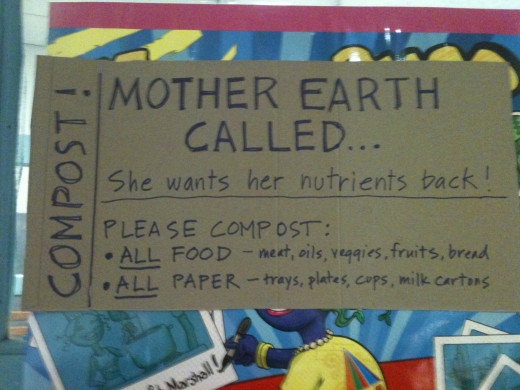
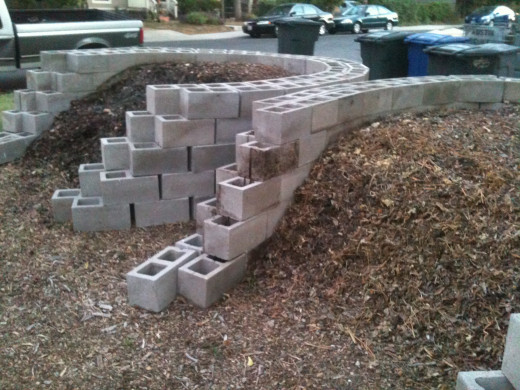
Step Three - Maintaining your program
Once things are running smoothly, be sure to check back periodically to make sure the program stays on track.
If your school has an orientation night or an email newsletter, write up information about the program to distribute to parents and teachers each year.
A composting program can mean a pretty big commitment by the school’s green team. If it’s overwhelming, let it go and focus on something else like encouraging zero-waste lunch packing or recycling.
Your garden compost pile
You don’t have to purchase a fancy garden compost bin for your school. Bins can be made of wire fencing, old doors, wooden pallets, or concrete blocks. It’s helpful to have at least two bins, one active and one that is breaking down into compost.
Remember that plant trimmings and dry leaves can also go into your compost. Don’t worry too much about the ideal mix of leaves, grass clippings, scraps. It will decompose one way or the other. You may need to turn and water it to keep it moist and speed up the decomposition process.
Once most of the scraps are broken down, sift the compost with a piece of screening laid over a wheelbarrow, then it’s ready to spread over flower or vegetable beds, trees, or lawn.
http://www.motherearthnews.com/Organic-Gardening/2006-10-01/Compost-Made-Easy.aspx
Composting is a major part of the refuse reduction program at our school. We are lucky enough to have commercial compost services picking up from a dumpster in a parking lot. All food and paper cafeteria waste goes into biobags, which are then placed in the dumpster. This system also means that if we serve on paper plates, bowls, cups, then the entire plate can go straight into compost. Our disposal company also picks up recycling. We can track how many pounds of recycling and compost we are diverting from the landfill every month by visiting their website – www.greenschoolsolutions.com and looking up our school. Each dumpster is weighed and recorded at the time of pickup.
I’m not saying it’s easy. Our custodians and cafeteria staff work hard to ensure that kids put their trash in the correct container.
Remember that any steps you can take towards zero-waste mean less trash in the landfill. Even a small reduction helps, and it has the added benefit of educating the kids at your school about sustainable living.
- Green school lunches (Part 1) – Moving towards zer...
Ideas to reduce the amount of waste produced during lunchtime at your school. - What's in your school's trash? And why should you ca...
School trash - what's in it, where it goes, and why you should know.

